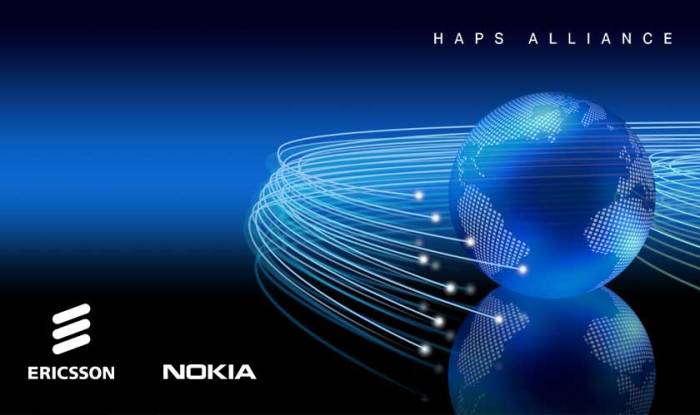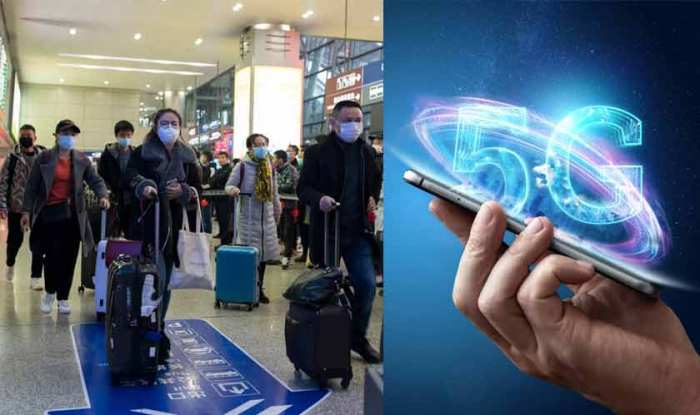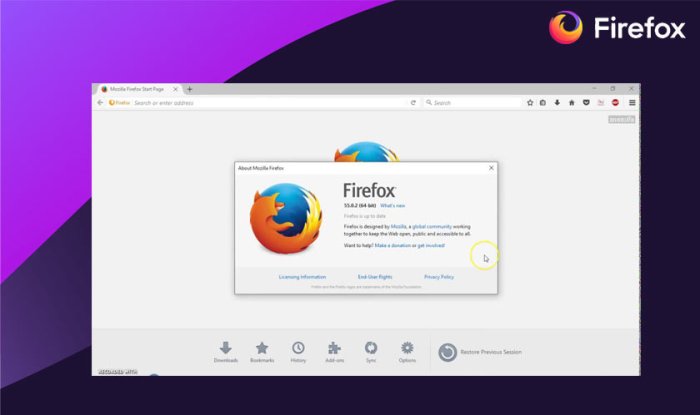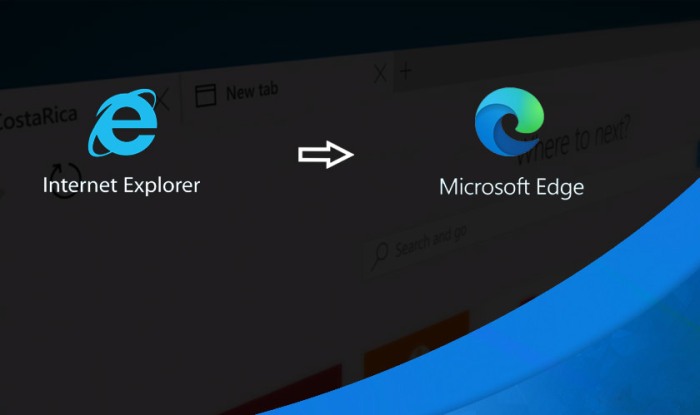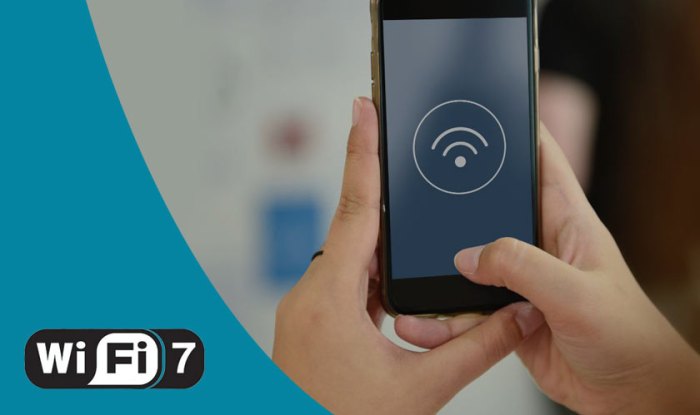
Wi-Fi 6 has just started arriving for consumer gadgets, including smartphones and laptops. But engineers are already working towards the next iteration of the Wi-Fi standard. The next version will be called the 802.11be and will support speeds of up to 30 gigabits per second.
The change will come in a series of events, beginning with improvements to Wi-Fi 6, which will pave the way for the arrival of Wi-Fi 7 in 2024.
The first expected improvement will give Wi-Fi 6 more capacity, with new airwaves. The second update to Wi-Fi 6 in 2022 will improve its speeds, especially for uploading data like videos from smartphones or laptops. The third update will bring a collection of Wi-Fi upgrades expected in 2024 and known by its technical name of 802.11be or the Wi-Fi 7.
Today’s Wi-Fi uses two radio frequency bands: 2.4GHz and 5GHz. The new Wi-Fi 7 will tap into an altogether new frequency of 6 GHz which would provide a huge bandwidth. It will quadruple the speed offered by the current bands. Moreover, Wi-Fi 7 could use all three frequencies together to increase the range, latency, and throughput.
By 2022, the 802.11ax will support uplink multiuser multiple-input multiple-output (UL MU-MIMO). Finally, in 2024, the name will be changed to 802.11be or the Wifi 7 which will offer one of the most complicated inventions still under works. It is called the coordinated multiuser MIMO, or CMU-MIMO. It will have 8 antennas, but all the antennas may not be connected to the same access point. This arrangement will result in a mesh network with multiple access points providing a much more flexible connection and more speed.

